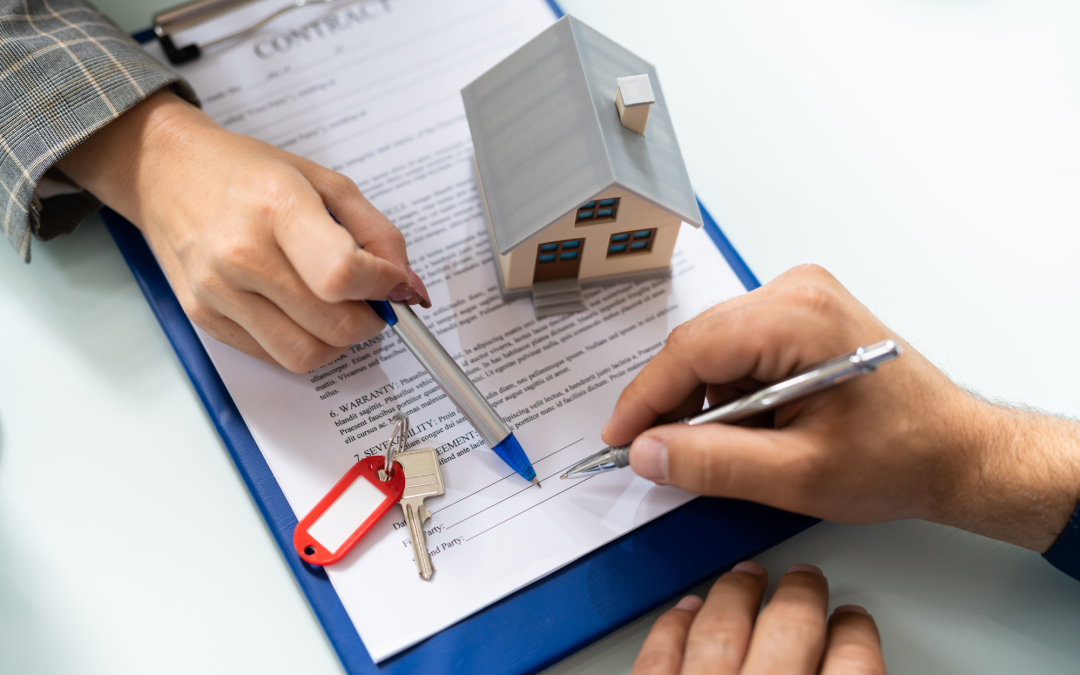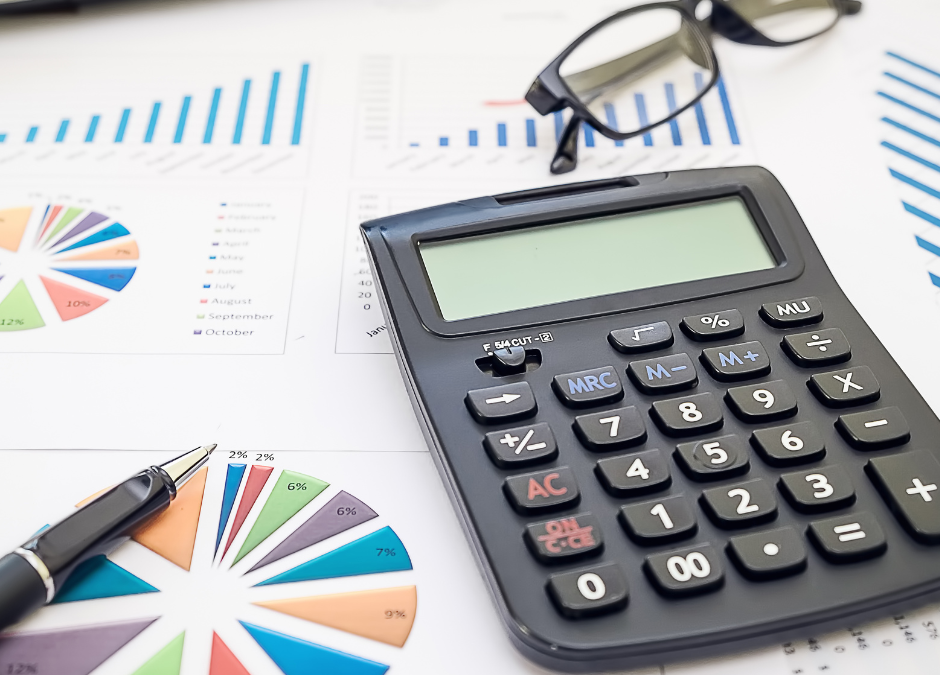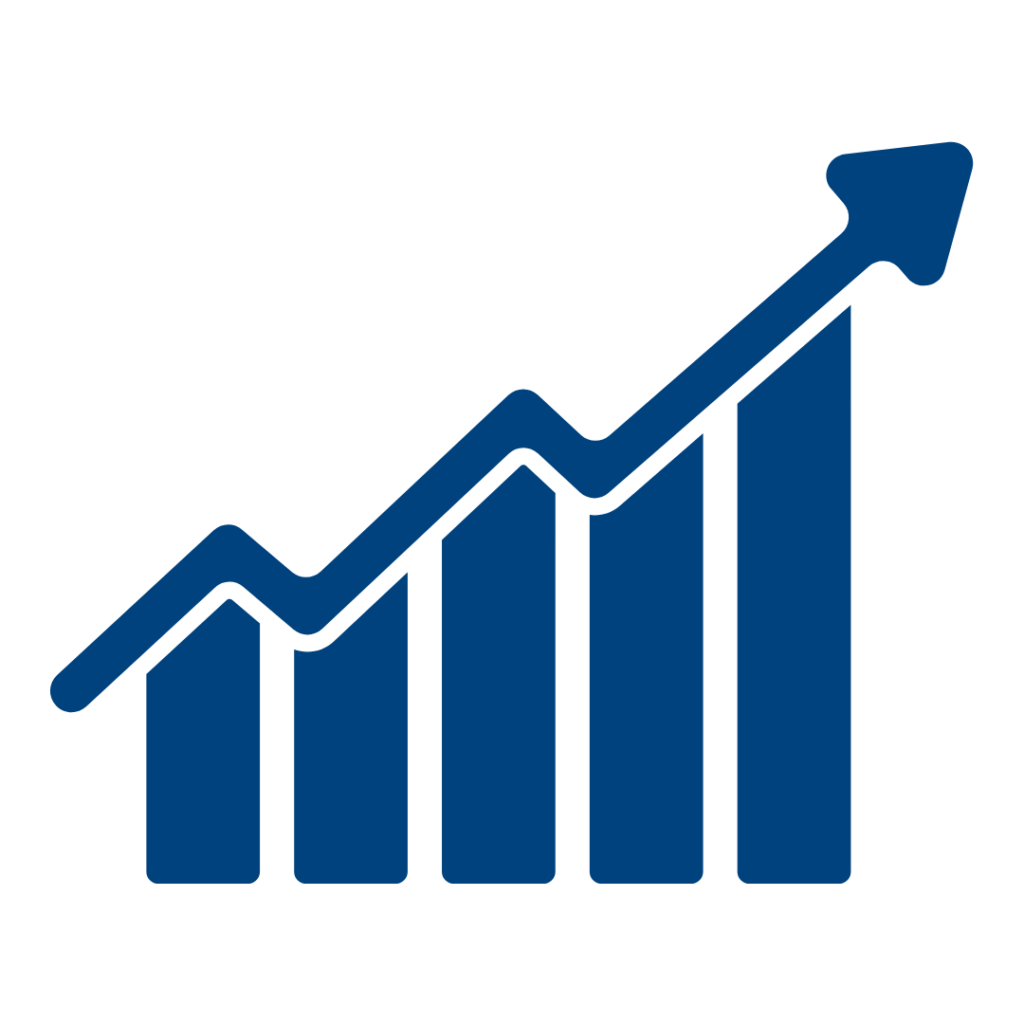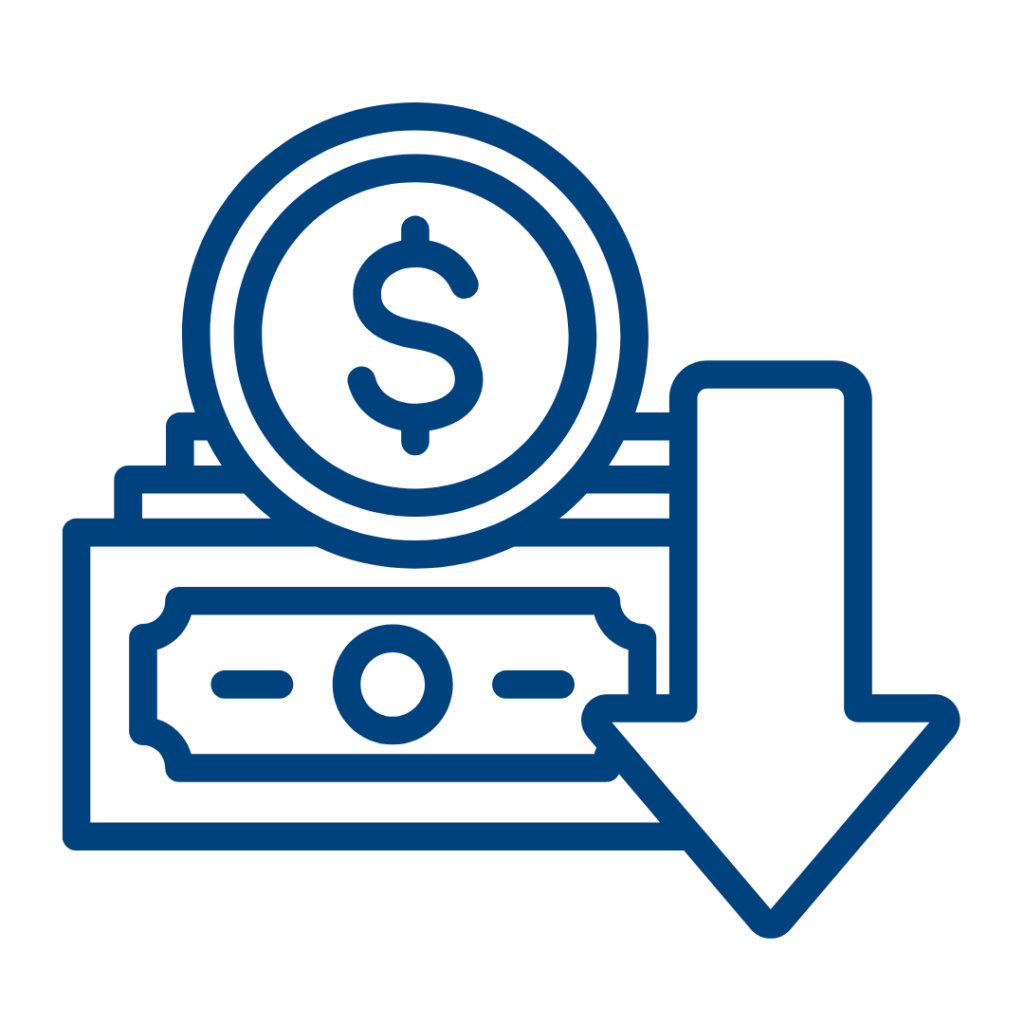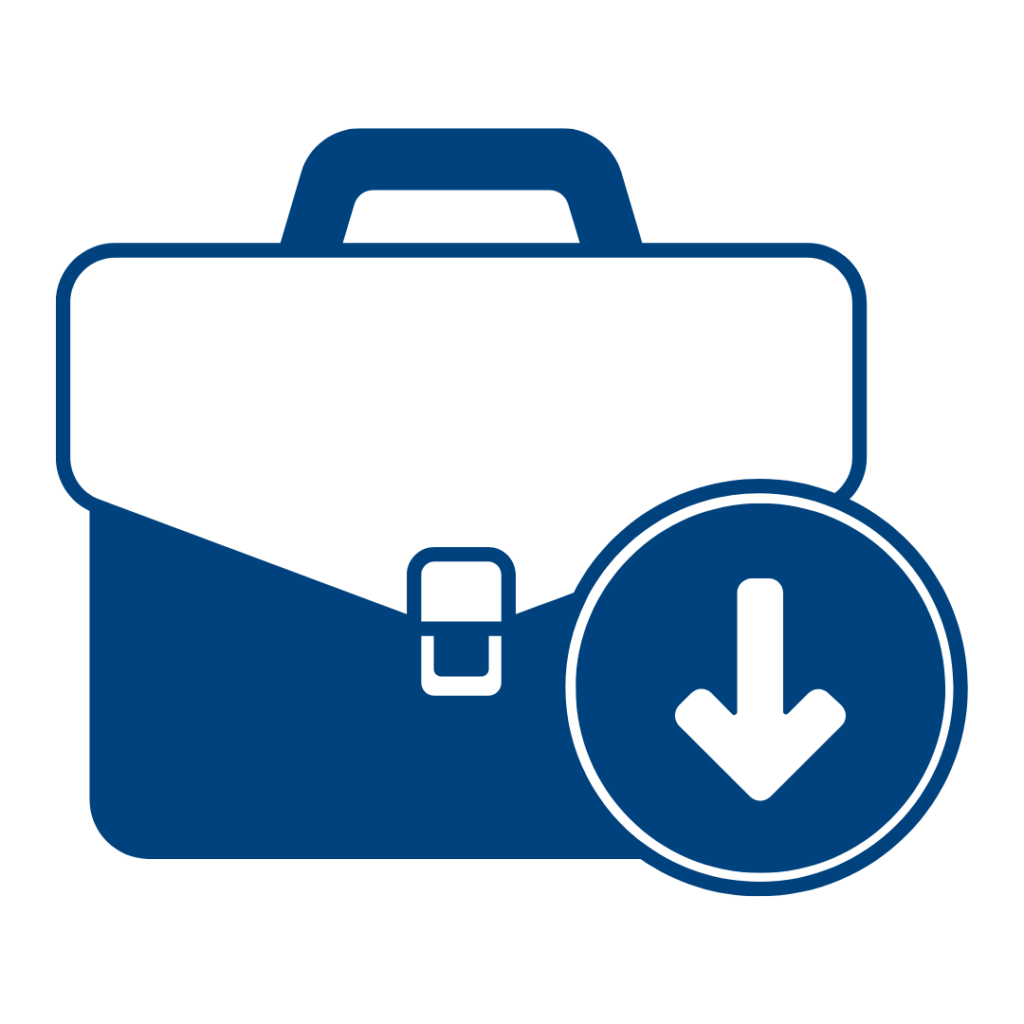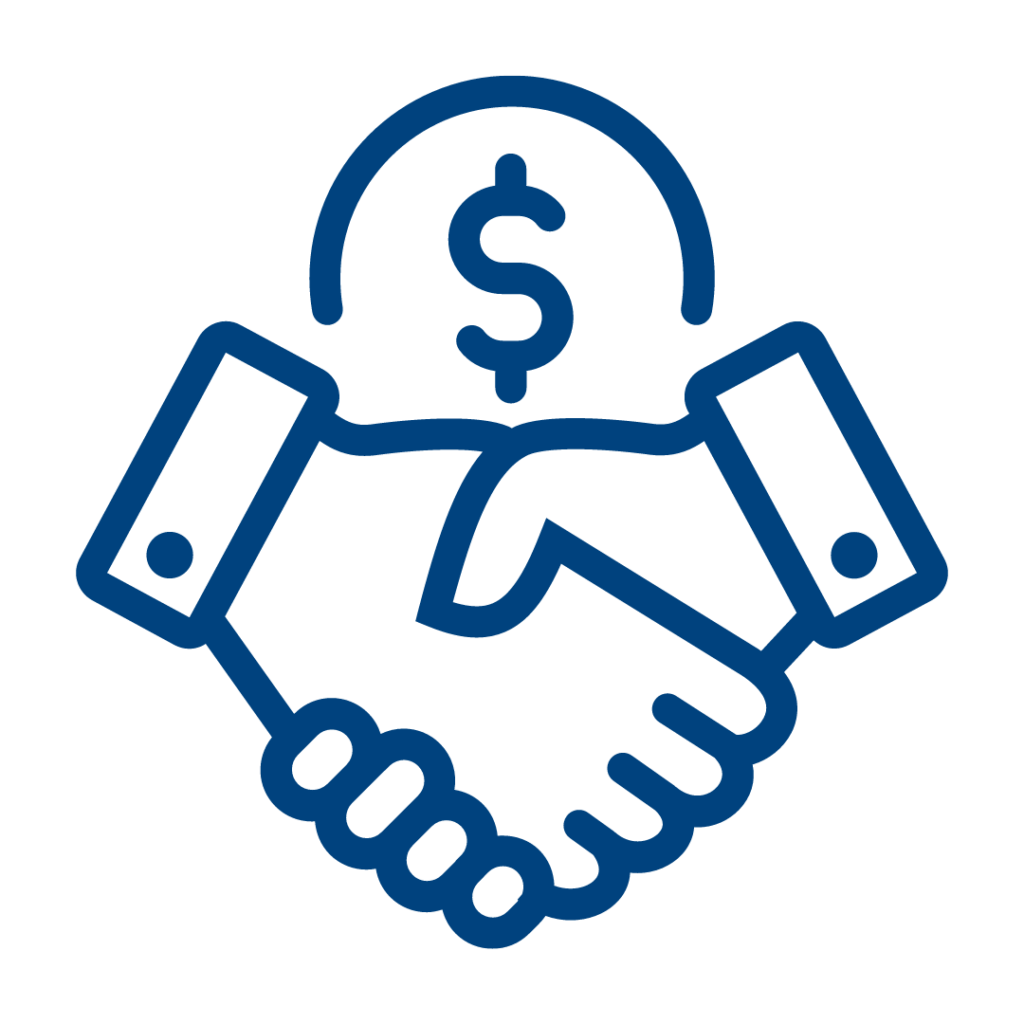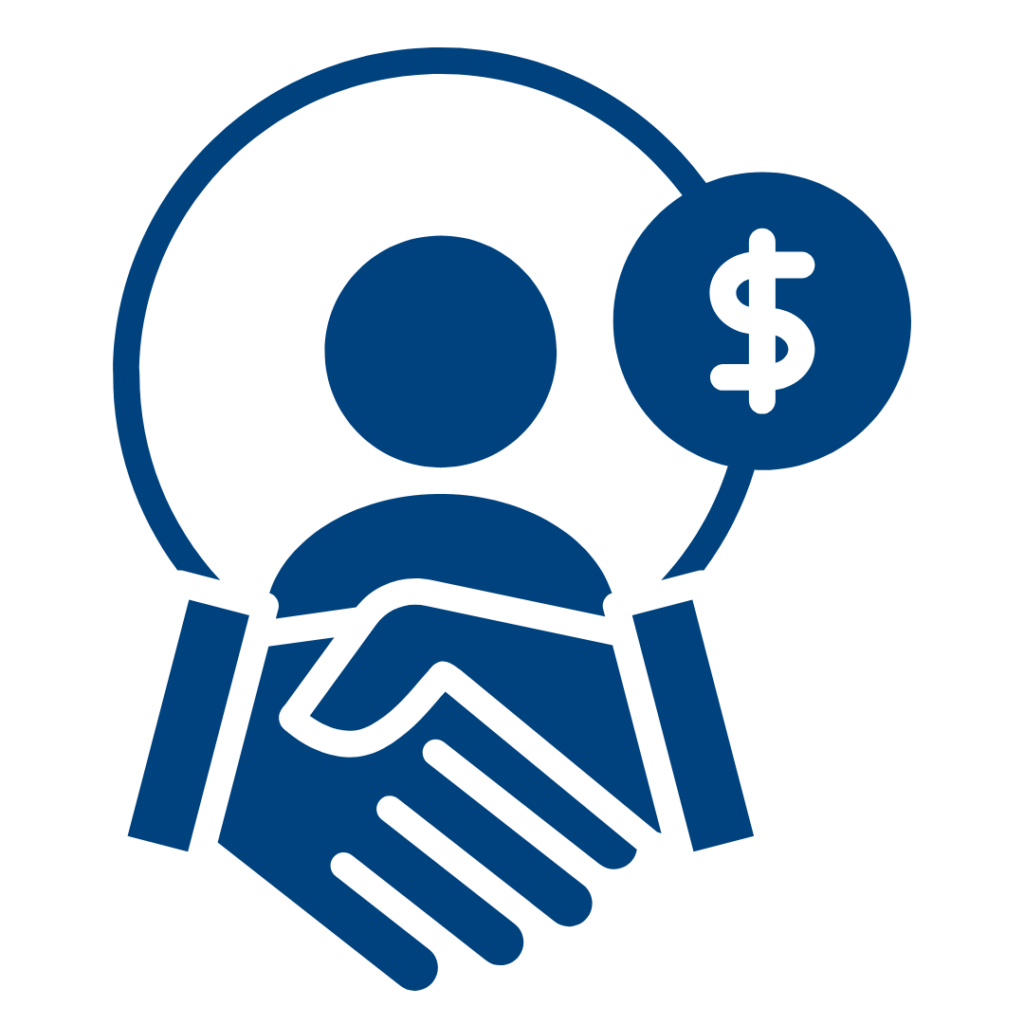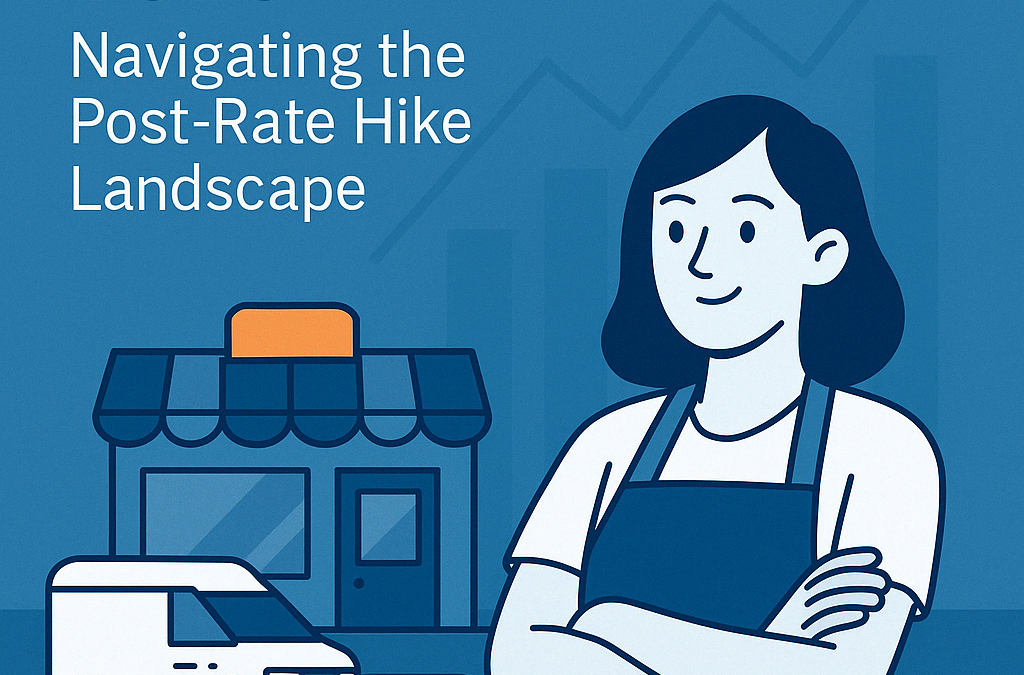
Small Business Financing in 2025: Navigating the Post-Rate Hike Landscape
Small Business Financing in 2025: Navigating the Post-Rate Hike Landscape
Securing finance has become increasingly challenging for small businesses in 2025. Following the most aggressive interest rate cycle in decades, the lending landscape has transformed – but not all changes are for the worse.
Quick Facts
- Interest rates on small business loans have risen ~3.1 percentage points since 2022
- About half of all small-business credit is secured by residential property
- Non-bank lenders are gaining significant market share
Key Challenges in Today’s Market
Traditional Banking Hurdles
Major banks continue to favor secured lending, creating an uneven playing field for entrepreneurs without property assets. Documentation requirements have intensified, with banks demanding comprehensive financial records, detailed business plans, and forward projections.
Higher Borrowing Costs
Interest rates for small business loans now typically range from 7-10%, a substantial increase from the 4-5% rates common just a few years ago. For a $250,000 loan, this could mean an additional $12,500+ in annual interest payments.
Where the Opportunities Lie
The Fintech Alternative
Non-bank lenders and fintech platforms are filling gaps left by traditional banks with data-driven assessments, streamlined applications, and flexible security requirements. The Australian Finance Industry Association reports significant growth in non-bank market share for SME lending.
Asset Finance: A Practical Solution
NAB reports that demand for financed vehicles and equipment rose about 10% nationally despite higher rates. Asset finance offers several advantages:
- The asset itself typically serves as security
- Fixed interest rates provide payment certainty
- Potential tax benefits through depreciation
- Preservation of working capital
Our specialized asset finance solutions can help you leverage these benefits.
Specialized Programs Worth Exploring
- Green business initiatives: Favorable terms for energy-efficient equipment
- Regional business programs: Targeted funding for non-metropolitan areas
- Export financing: Support for international market entry
Strengthening Your Finance Position
Prepare Your Financial House
- Ensure financial statements are up-to-date and accurate
- Address ATO obligations promptly (tax debts are major red flags)
- Monitor your business credit score
Build a Compelling Case
- Develop realistic cash flow projections demonstrating serviceability
- Articulate clear ROI expectations for the funds you’re seeking
- Explore multiple funding sources simultaneously
What’s on the Horizon?
Looking ahead, we anticipate potential interest rate stabilization in late 2025, evolving regulatory standards for non-property-backed loans, and increased competition among lenders for small business clients.
How Sanford Finance Can Help
At Sanford Finance, we specialize in helping businesses secure the funding they need in today’s complex environment. Our services include:
- Funding assessments: Identifying the most suitable options for your situation
- Lender matching: Access to our network of traditional and alternative sources
- Application preparation: Professionally packaged applications
Book a consultation to discuss your business financing needs with one of our experienced advisors.



